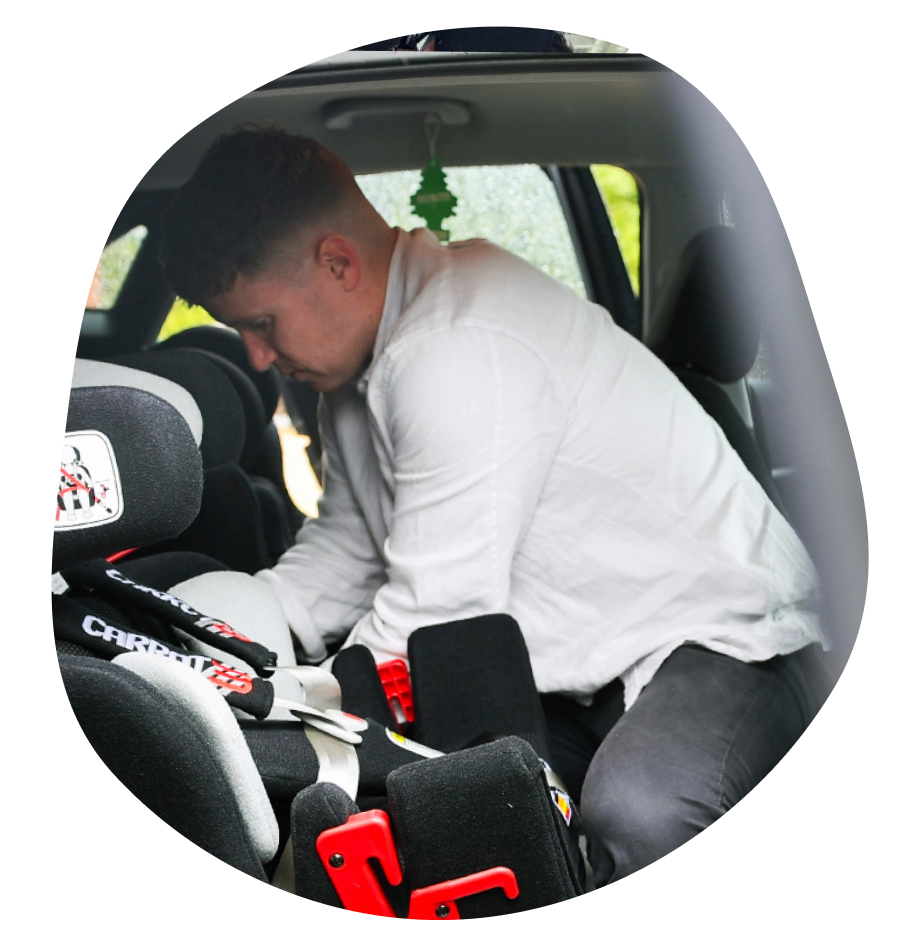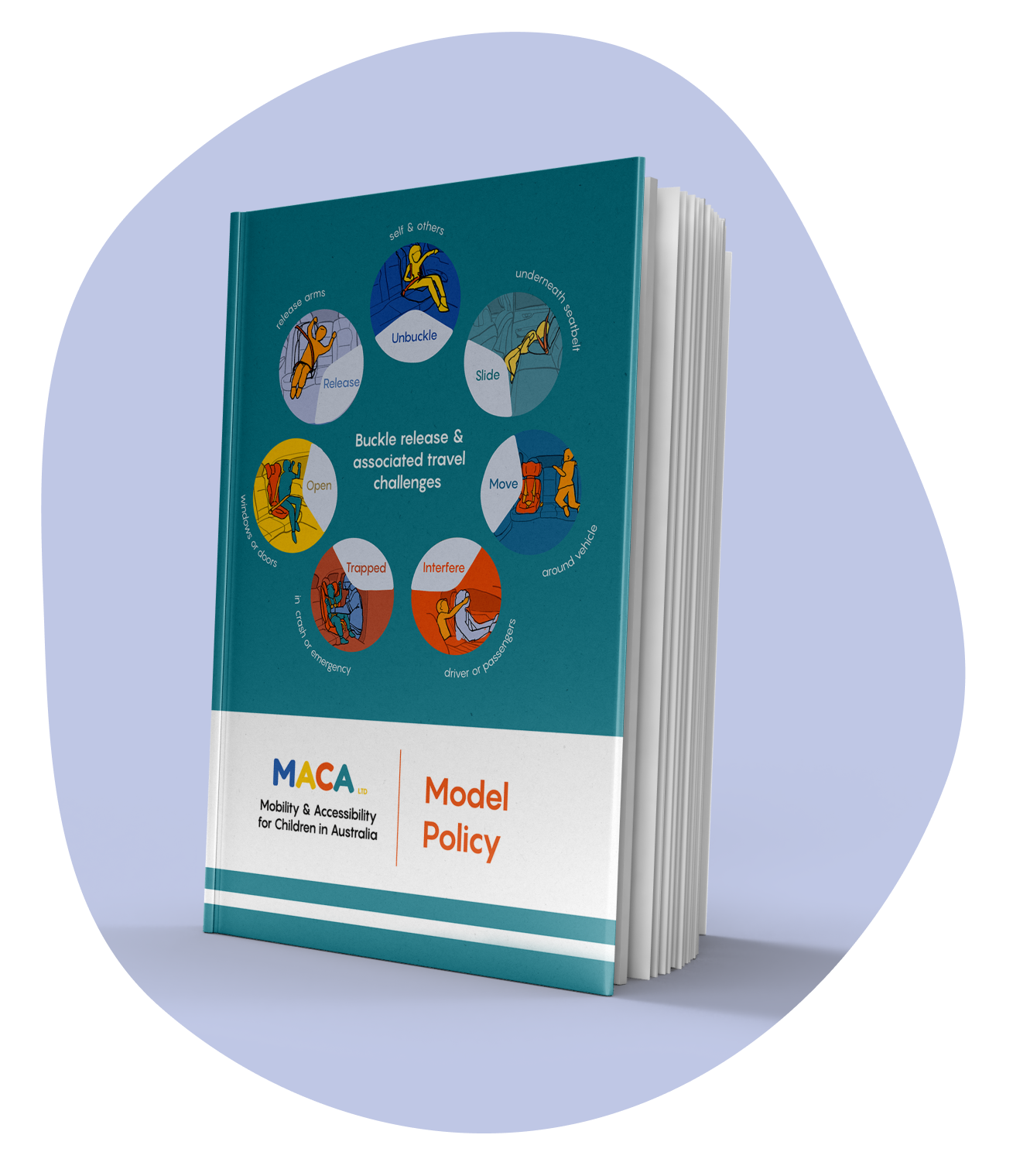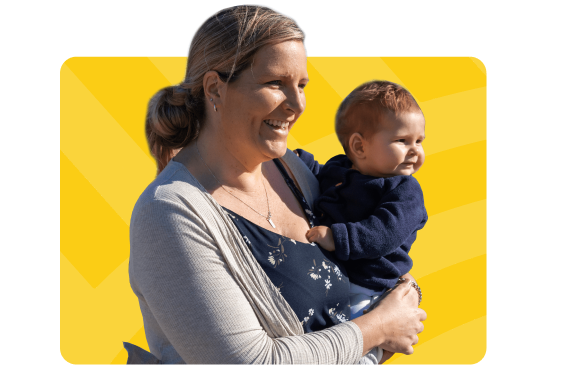New South Wales
Understanding road laws

Introduction
The NSW road rules provide requirements for how people must be restrained when travelling in a motor vehicle, in the following age groups:
• Under 6 months
• 6 months to under 4 years
• 4 years to under 7 years
• 7 years to under 16 years
• 16 years and over
The rules define the types of vehicle restraints that are 'approved' (e.g., Australian standard car seat, seatbelt). The type of vehicle restraint required will depend on the persons age and size. These approved vehicle restraints are legal to use when travelling in a motor vehicle.
Where a person with a disability or medical condition is unable to travel in an approved vehicle restraint, the road rule exemptions allow them to travel in specialty vehicle restraints (including accessories). This requires conditions to be complied with, such as a medical certificate.

Exemptions
An exemption is required when a person is travelling in any of the following ways:
- special purpose car seat
- modified Australian standard car seat
- specialty harness/vest
- in the front row of a vehicle which has two or more rows (children under 7 years)
- no child restraint or vehicle seatbelt (rare cases)
The most common exemption road rules for New South Wales are listed below. There are also vehicle standard exemption requirements for the legal use of seatbelt buckle covers.
MACA trained allied health professionals can help families and clients comply with these requirements. In some cases they will recommend registering the exemption (medical certificate) with Transport for NSW to avoid receiving a fine.
Road rules
There are different road rule exemptions depending on the age of the person and how they are travelling in the vehicle.

Children under 7 years (special purpose car seat)
The driver is exempt from transporting a child in an Australian standard car seat, providing:
* the driver is carrying a medical certificate that states the child is unable to travel in an Australian standard car seat because of their medical condition or disability
* the child is travelling in a child restraint designed for a person with a disability or medical condition
* the driver is complying with any conditions stated in the medical certificate

Children under 7 years
The driver is exempt from transporting a child in an Australian standard car seat, and able to transport the child in a modified Australian standard car seat, specialty harness/vest, or in rare cases no child restraint, providing:
* the driver is carrying a medical certificate that states the person should not wear a seatbelt because of a disability or medical condition
* the person is complying with any conditions stated in the medical certificate

Children under 7 years (front row of vehicle with two or more rows)
The driver is exempt from the rule requiring the child to travel in the rear row of a vehicle with two or more rows providing:
* the driver is carrying a medical certificate stating that a medical practitioner believes the passenger should not be seated in the position described in those subrules because of a medical condition or disability that the passenger has, and
* the driver is complying with any conditions stated in the medical certificate

Children 7 to under 16 years
The driver is exempt from transporting a child or young person in an Australian standard car seat or seatbelt, and able to transport them in a special purpose car seat, modified Australian standard car seat, specialty harness/vest, or in rare cases no child restraint or seatbelt, providing:
* the driver is carrying a medical certificate that states a medical practitioner believes the person should not wear a seatbelt because of a medical condition or disability
* the person is complying with any conditions stated in the medical certificate

Persons 16 years and over
A person is exempt from wearing a seatbelt, and able to travel in a special purpose car seat, modified Australian standard car seat, specialty harness/vest, or in rare cases no vehicle restraint, providing:
* the person (or, if the person is a passenger in or on a vehicle, the vehicle’s driver) is carrying a medical certificate that states a medical practitioner believes the person should not wear a seatbelt because of a medical condition or disability
* the person is complying with any conditions stated in the medical certificate

Seatbelt buckle covers
The NSW Vehicle Standards Information 49 (VSI 49) provides the conditions that must be met for the legal use of a seatbelt buckle cover, without needing to apply to Transport for NSW for approval.
VSI 49 requires the following:
- medical certificate to be carried in the vehicle with the buckle cover manufacturer’s instructions attached.
- the seatbelt buckle cover must comply with AS 4370:1996 (note this standard is out of date) and be fitted in accordance with manufacturer’s instructions.
- the seatbelt buckle cover must be removed when not being used by the nominated person.
NOTE: VSI 49 has not been updated since 2007 and includes out-of-date information. MACA continues to request that VSI 49 be reviewed.
For more information refer to MACA's buckle cover model policy.
Advice to Parent/Client form
MACA recommends an Advice to Parent/Client form be carried in each vehicle the person travels in.
The MACA Guide, provided free to participants of our online training course, includes detailed information to assist prescribers in completing the form.
Disclaimer: The Advice to Parent/Client forms are only for use by MACA trained professionals. MACA bears no responsibility for unauthorised use of these forms.
FAQs

Can't find what you're looking for?
Get in touch for help

